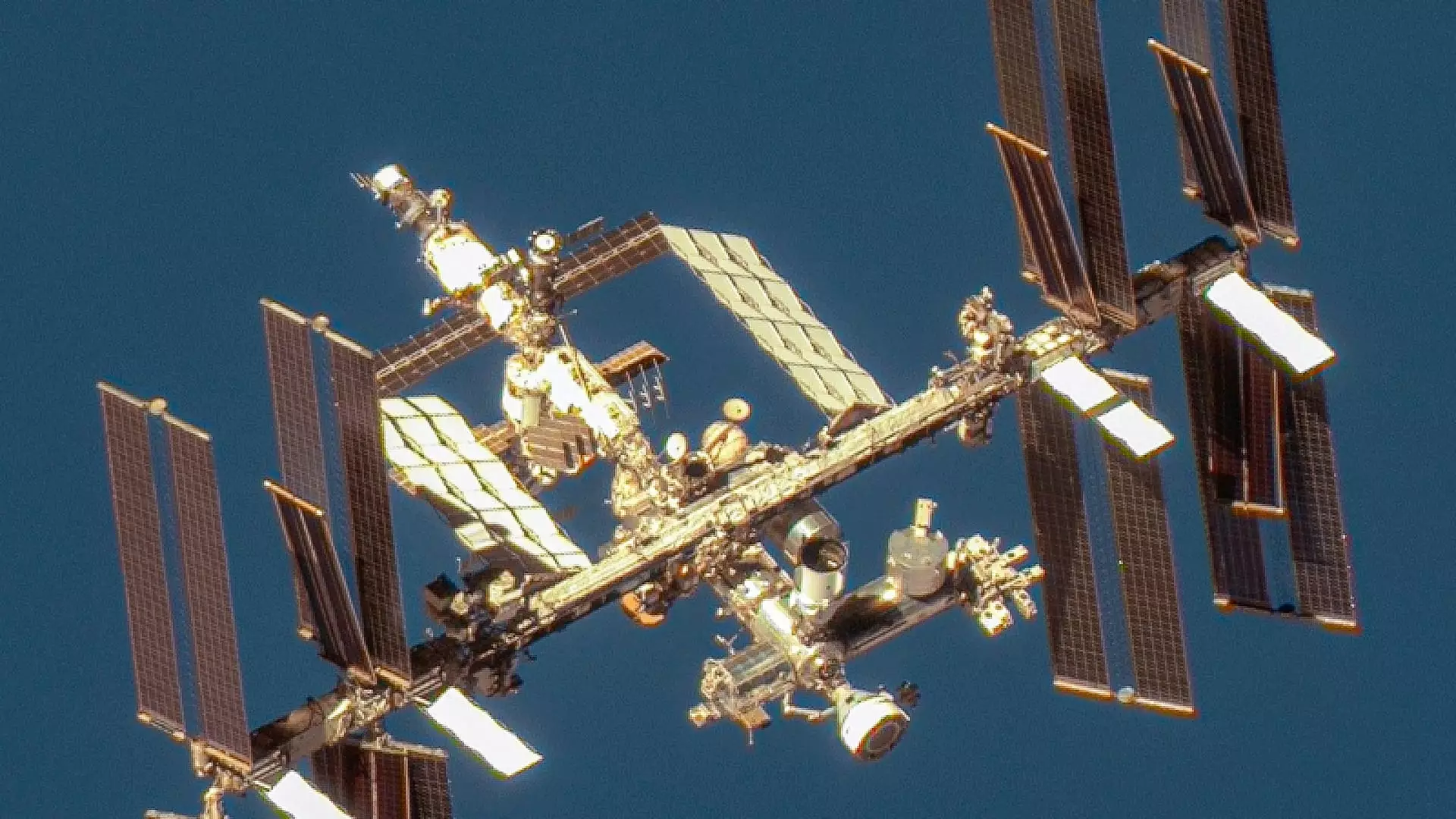Boeing’s Starliner capsule, named “Calypso,” has recently been announced to remain at the International Space Station for a longer duration than originally planned by NASA. Initially scheduled for a nine-day mission, Calypso is now expected to return to Earth on June 22, approximately 17 days after its launch. This extension allows for further spacecraft testing, with a variety of tests being conducted while the Starliner is docked with the ISS.
During the extended stay, Boeing and NASA will be performing essential operational tests on Starliner. These tests include operating the capsule’s hatch, firing seven of its thrusters, and checking the cabin air temperature. At the same time, program managers and astronauts are finalizing departure planning and operations. Additionally, NASA has indicated that there will be a repeat of ‘safe haven’ testing, although the specific reasons for this have not been provided.
Despite the successful launch and docking with the ISS, Starliner’s mission has not been without challenges. Prior to docking, a single leak in Calypso’s helium propulsion system was detected, which was deemed stable and not a threat to safety. However, since then, the spacecraft has experienced four additional helium leaks. While NASA has stated that there is sufficient margin to support the return trip, these leaks pose concerns during the mission.
Another issue that arose during Starliner’s docking was related to the spacecraft’s propulsion system. Starliner has 28 jets, known as reaction control system (RCS) engines, which help with maneuvering in orbit. Five of these thrusters were not operational initially, but Boeing managed to recover four of them after troubleshooting. As a precaution, NASA plans to conduct hot fire testing before undocking using seven of the eight thrusters near the spacecraft’s tail to evaluate their performance.
The extended mission of Calypso on the ISS comes at a crucial time for Boeing as it prepares for operational missions. The crew flight test is a significant milestone before NASA certifies Boeing to conduct six-month operational missions with crew members. While Starliner was once considered a competitor to SpaceX’s Dragon, recent setbacks and delays have pushed it into a backup position for NASA. The agency now plans to alternate crewed flights between SpaceX and Boeing, highlighting the importance of overcoming the challenges faced during the current mission.
Boeing’s Starliner capsule mission, known as “Calypso,” is undergoing an extended stay at the International Space Station to facilitate further spacecraft testing and operational readiness. Despite encountering challenges such as helium leaks and propulsion system issues, the collaboration between Boeing and NASA remains a key component of advancing space exploration. As the mission continues to evolve, the learnings and outcomes will play a crucial role in shaping the future of crewed spaceflights.

Leave a Reply